Mysuru: The monolith Nandi Statue atop the Chamundi Hill that had developed cracks due to vagaries of weather and man-made Abhishekas will be restored with adhesive-like material mixed with stone gravel. However, heritage experts have clarified that there was no threat to the iconic structure.
The statue of Nandi, the celestial bull rests midway along the road to Sri Chamundeshwari Temple and the monolithic statue is a major tourist attraction. The statue, reckoned to be at least 350 years old, was sculpted during the period of Dodda Devaraja Wadiyar who ruled from 1659 to 1673 and is the only one of its kind in the State. The statue is 3,489 ft above mean sea level.
Though Nandi is found adorning Shiva temples, this is one of the few standalone statues, measuring about 15 ft in height and 24 ft in width, carved out of a single boulder. Easily accessed either by road or steps, tourists usually stop by the statue for a photo opportunity with the statue crouching on a cement base surrounded by a black, iron gate.
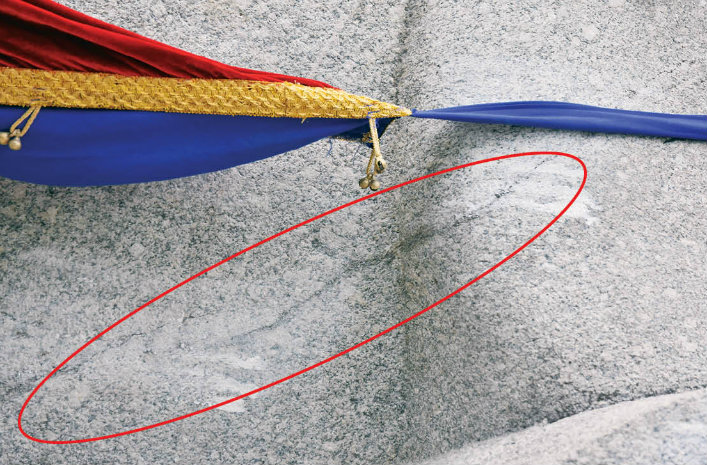
The cracks were observed by Prof. N.S. Rangaraju, historian and a member of the Mysore Heritage Committee. He is also the convener of Mysuru Chapter of INTACH (Indian National Trust for Art and Cultural Heritage). The statue had developed cracks near the thighs and carved lips of the monolith. When the statue was observed with magnifying glass, it was observed that the black varnish applied on the statue had concealed the cracks.
The fissures were observed when the Heritage Committee used high-power water jets to clean the oil deposits on the statue that had turned it black. Since many years, owing to rituals like Abhishekas that are regularly performed on the statue, layers of deposits of oil, dirt and dust had accumulated on the statue and it had turned black.
Soon after the cracks were discovered, Prof. Rangaraju submitted a report to the Mysore Heritage Committee headed by the Deputy Commissioner on the project estimate and the need to preserve the historical structure. “The Heritage Committee has to meet and a decision on restoration of the statue and the technology to be used will be discussed there,” he said.
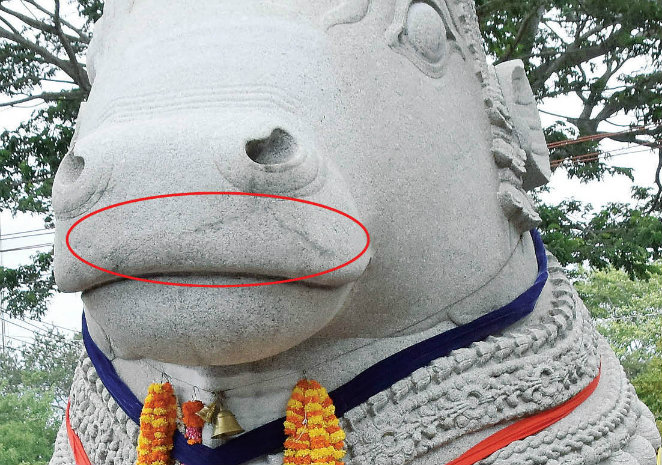
When asked about the material to be used, Prof. Rangaraju said that the adhesive and stone gravel will be mixed to form a thick paste and will be applied to cover the cracks. “Once the cracks are covered, the statue should be maintained properly,” he added. Prof Rangaraju said that there was no imminent threat to the statue. But to prevent further damage to the statue, we must restore the original colour, which serves the function of a protective coating.
As per conservation principles and archaeology norms, applying oil on such sculptures is not allowed and the statue was cleaned using high-power water jets. Archaeology Department officials said that rituals like ‘Mastakabhisheka’ must be stopped since the potions used to wash the statue cause more harm than good, they said.



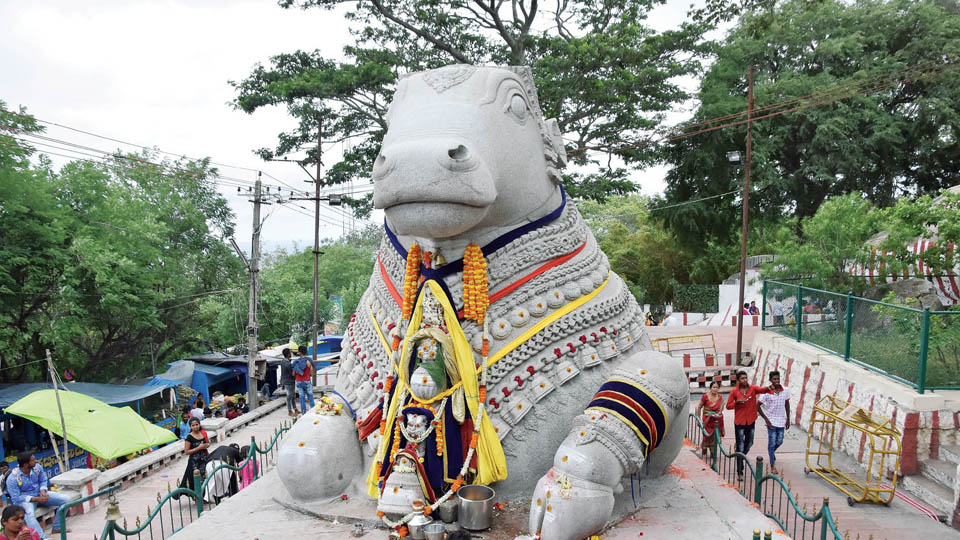
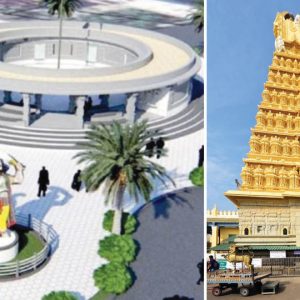
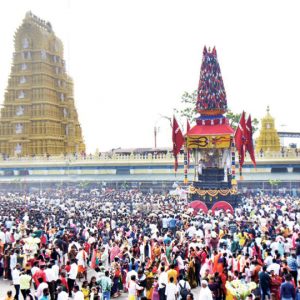
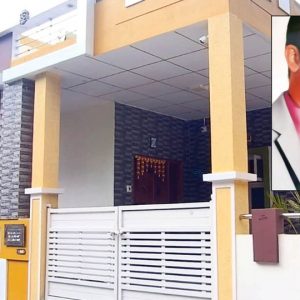
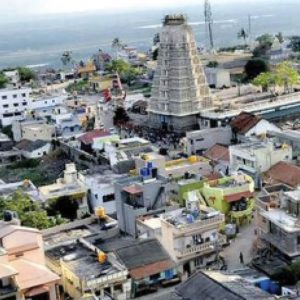
Recent Comments